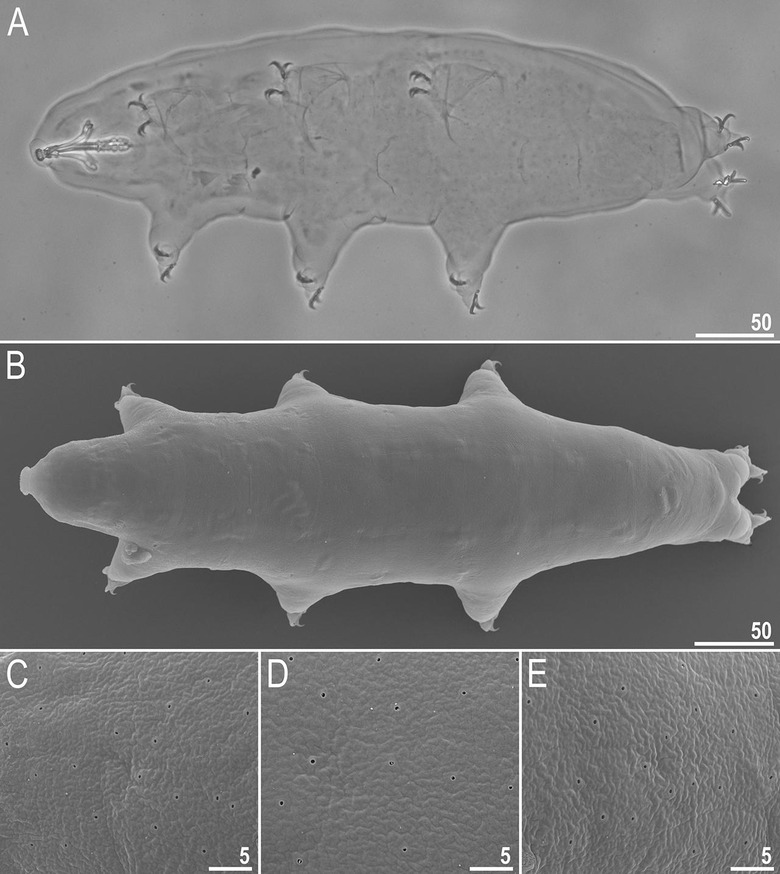New tardigrade creature found in Japanese parking lot
A brand new kind of tardigrade was discovered in an apartment parking lot in Japan. A tardigrade is a little weirdo of a life form that's been found to be unusually hearty under many conditions. This newest version of a tardigrade is even stranger than the ones known before it – even stranger, indeed.
Japan is just lousy with tardigrades, as it were. The newest of these strange creatures was the 168th found within Japan's borders. This newest tardigrade was named Macrobiotus shonaicus, and it was discovered almost by complete happenstance. Its discoverer, Kazuharu Arakawa, just so happened to scrape up a bit of moss he'd seen in the parking lot of his home apartment in Tsuruoka City along the Sea of Japan.

"Most tardigrade species were described from mosses and lichens — thus any cushion of moss seems to be interesting for people working on tardigrades," wrote Arakawa in an email to LiveScience. So it's not as if Arakawa had never scraped up a bit of moss before, just to study on a whim.
SEE TOO: Tardigrade genome sequences reveal mystery of amazing resilience
"[But] it was quite surprising to find a new species around my apartment!" Arakawa continued, "This is the first report of a new species in this complex from East Asia."
This newest tartigrade was described in a research paper published by Arakawa and his researcher crew. The situation Arakawa and his associates are now in, with a brand new type of creature never before studied by science, is great. "It is an ideal model to study the sexual-reproduction machinery and behaviors of tardigrades," said Arakawa – speaking on how exciting it is that this creature can "thrive" in a lab environment. "We are actually already submitting another paper describing their mating behaviors."
For more information on this little monster, head over to the scientific journal PLOS One. There you'll find the paper "An integrative description of Macrobiotus shonaicus sp. nov. (Tardigrada: Macrobiotidae) from Japan with notes on its phylogenetic position within the hufelandi group." This paper can be found with URL/code doi.org/10.1371/journal.pone.0192210 authored by Daniel Stec, Kazuharu Arakawa, and Łukasz Michalczyk.
